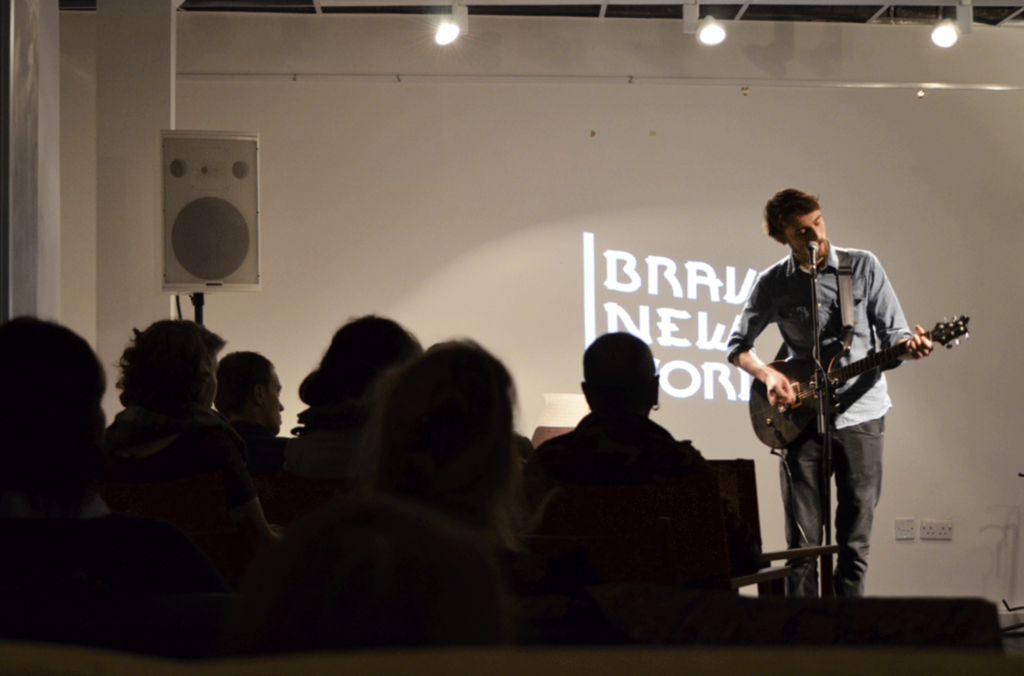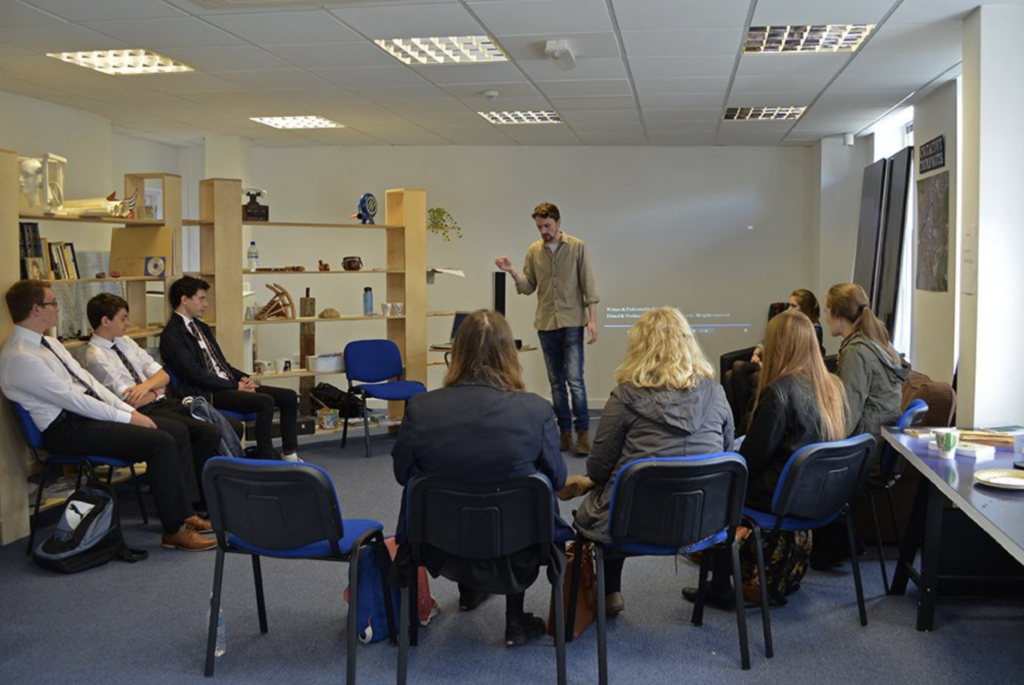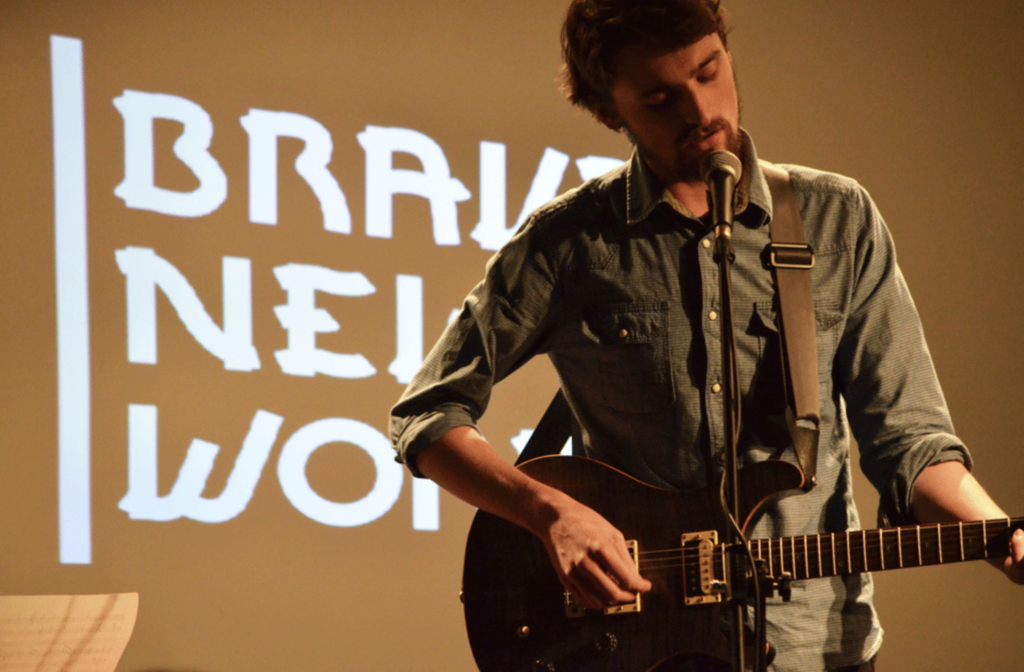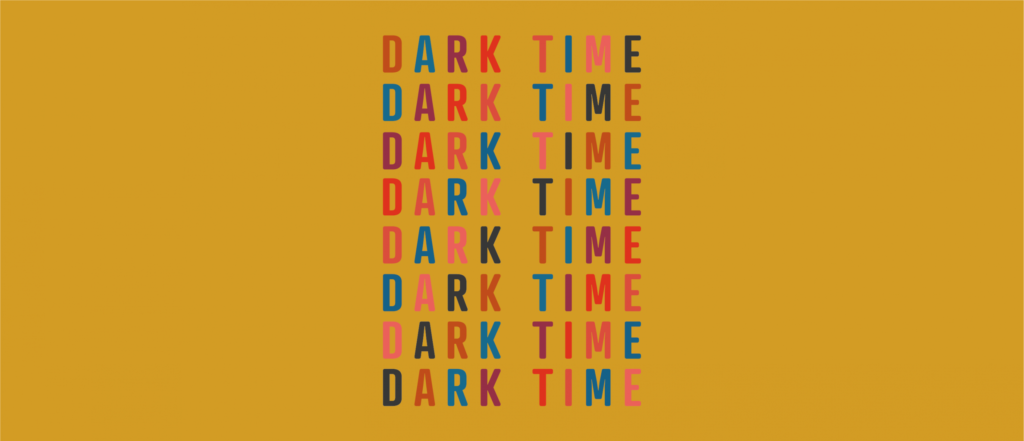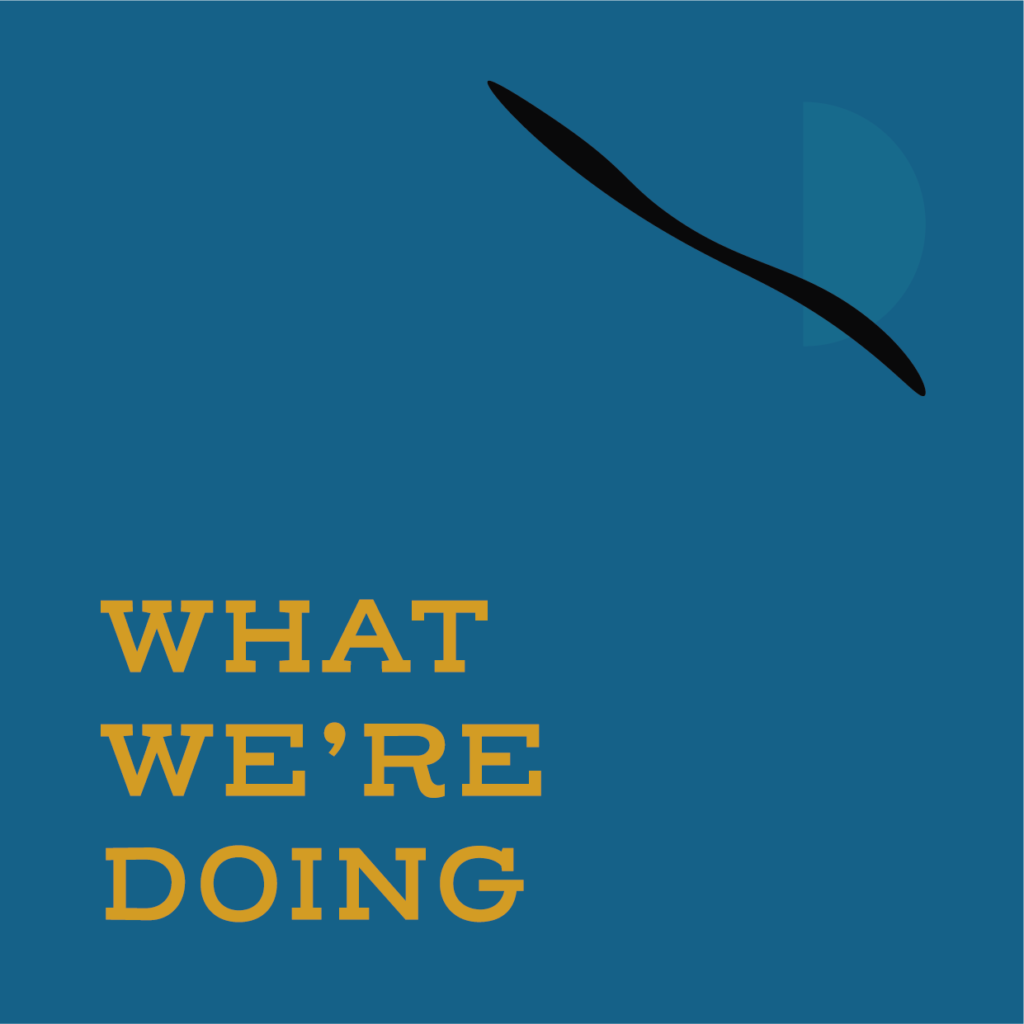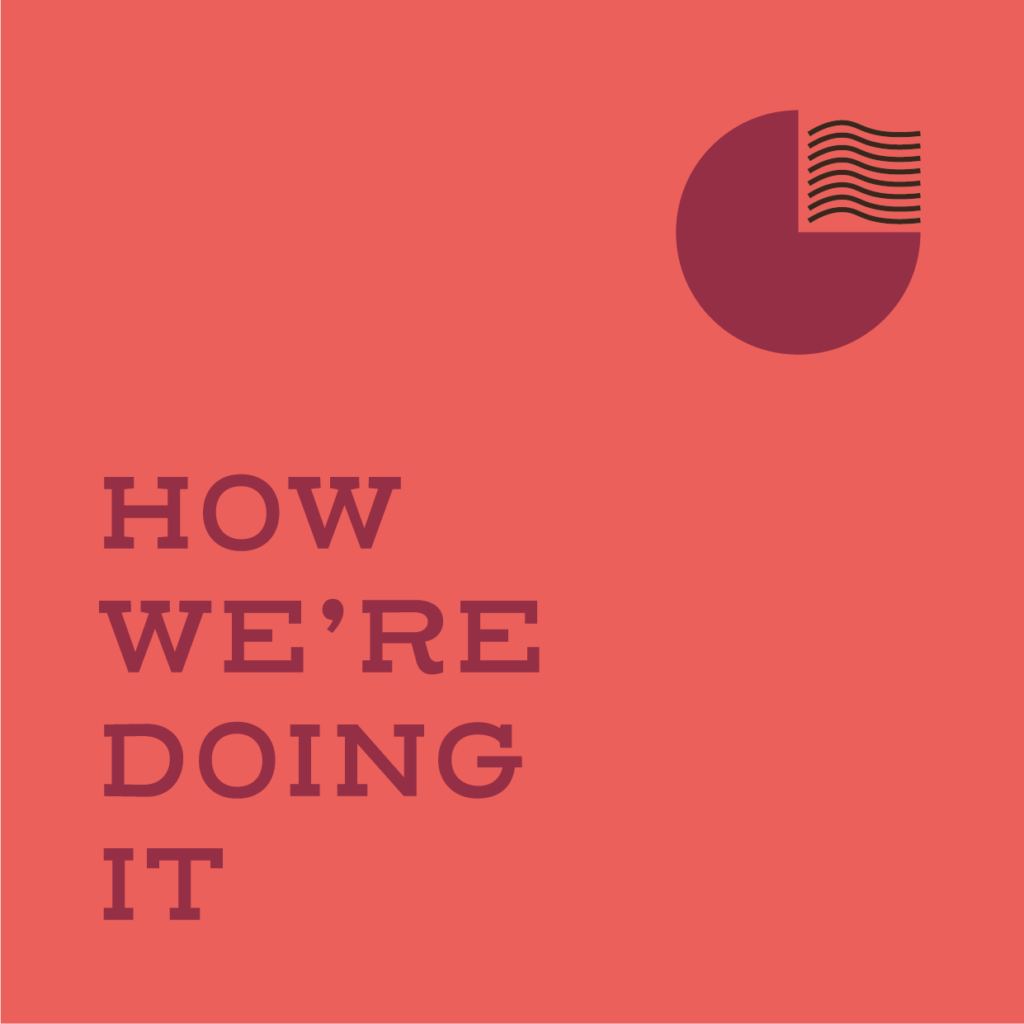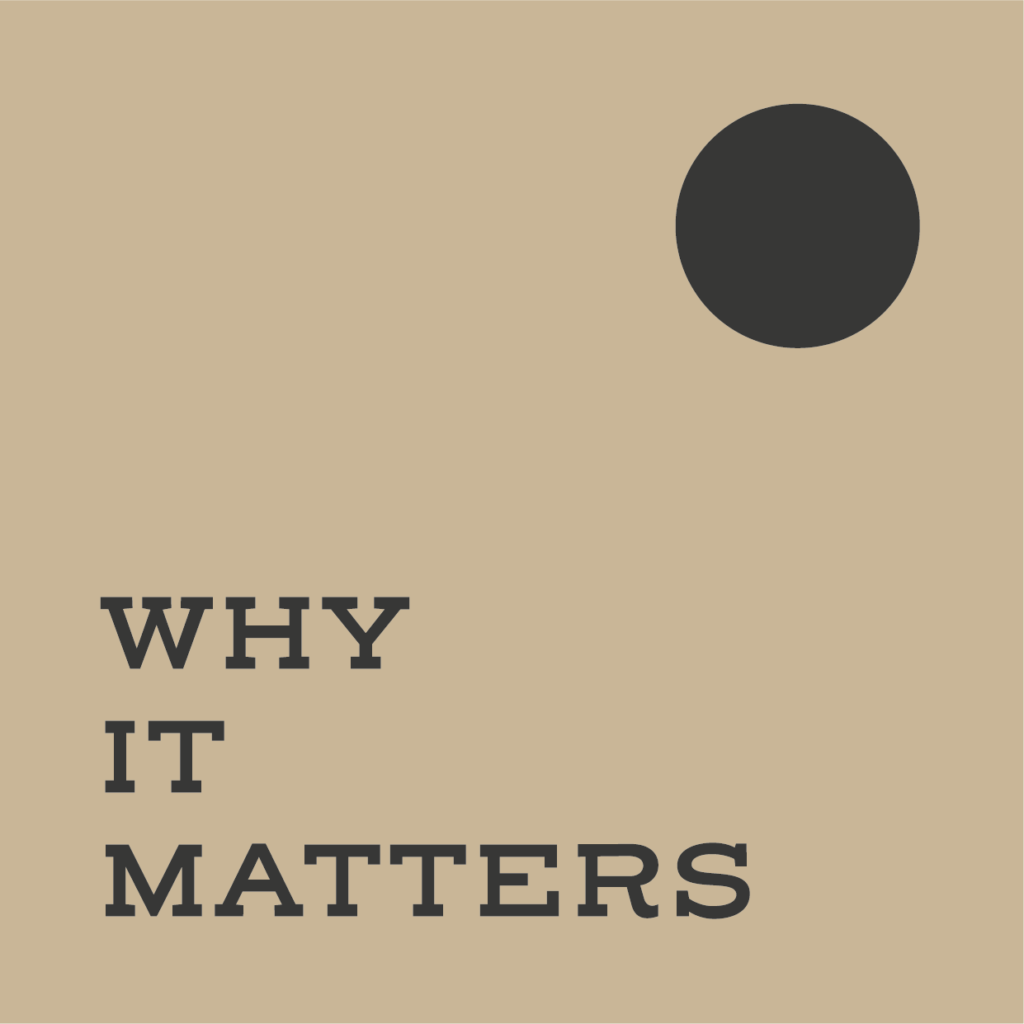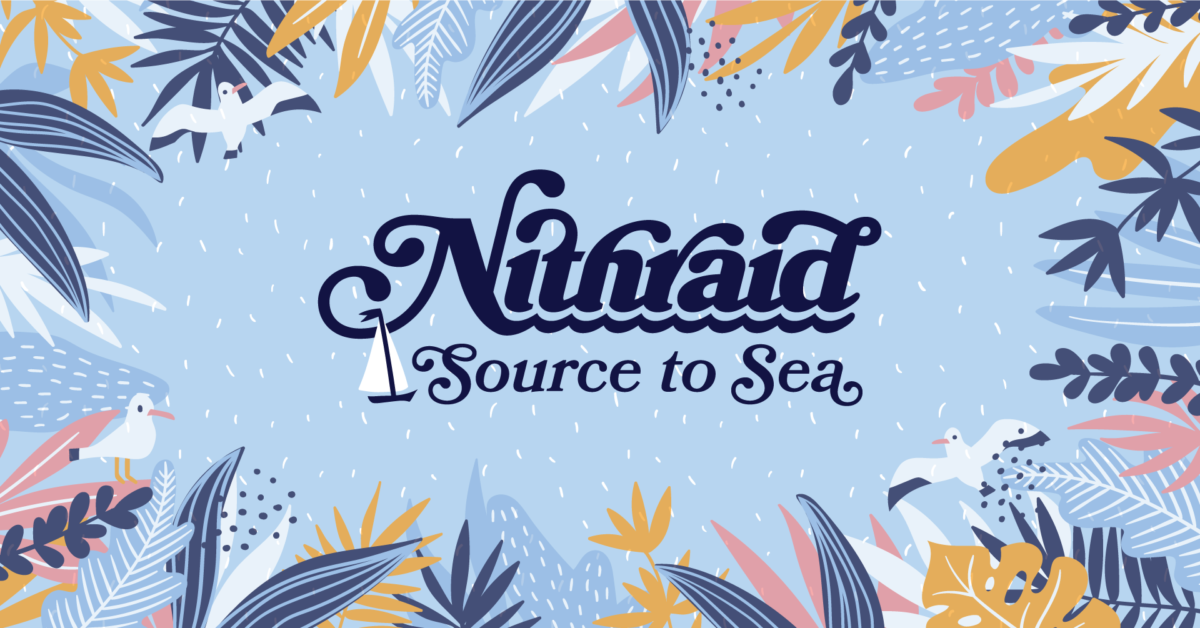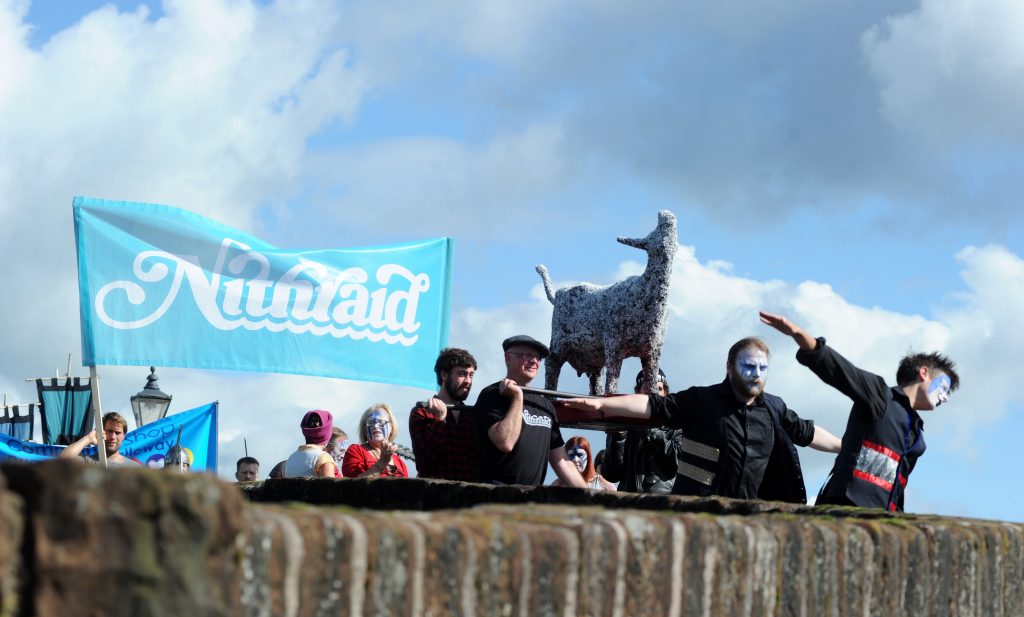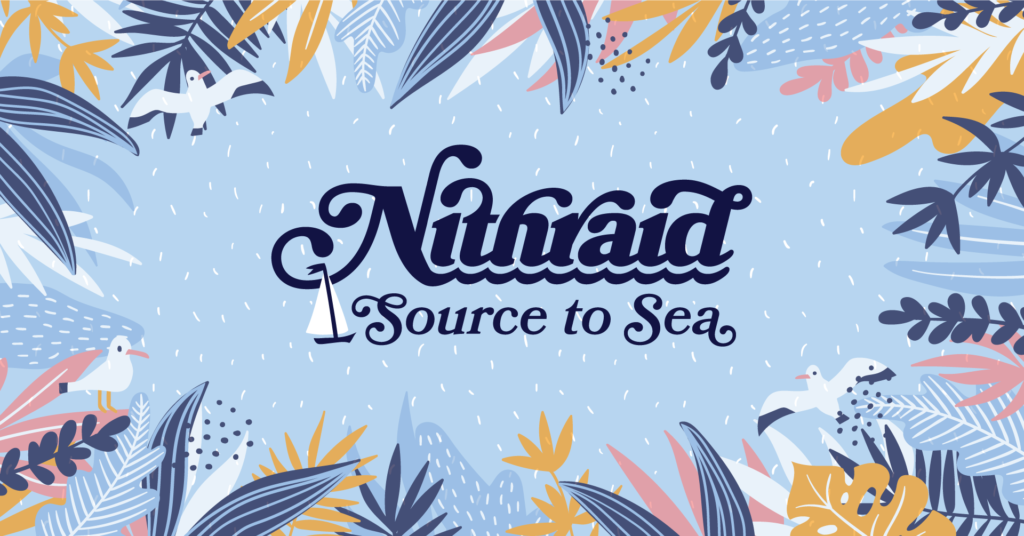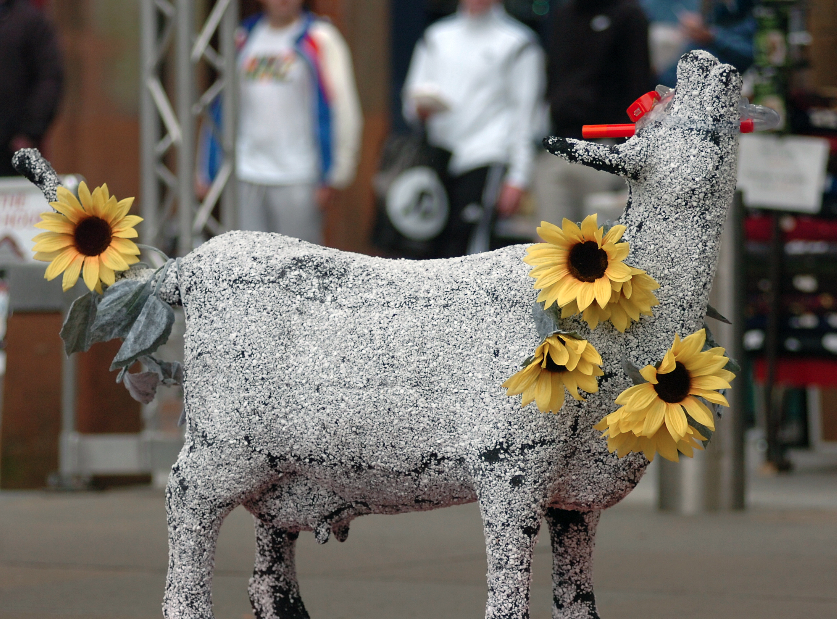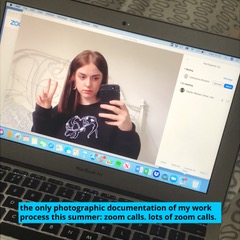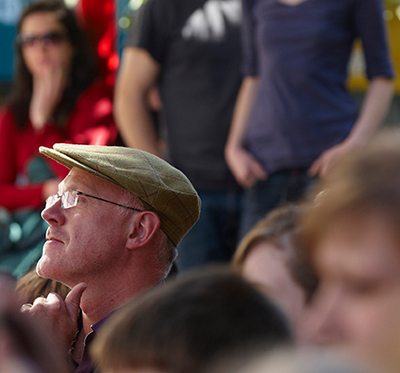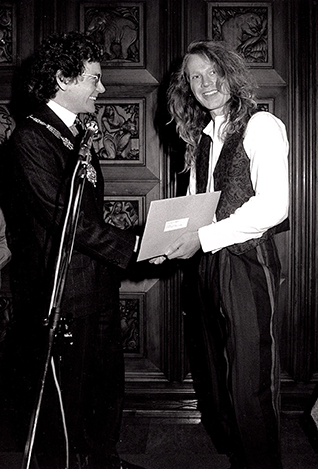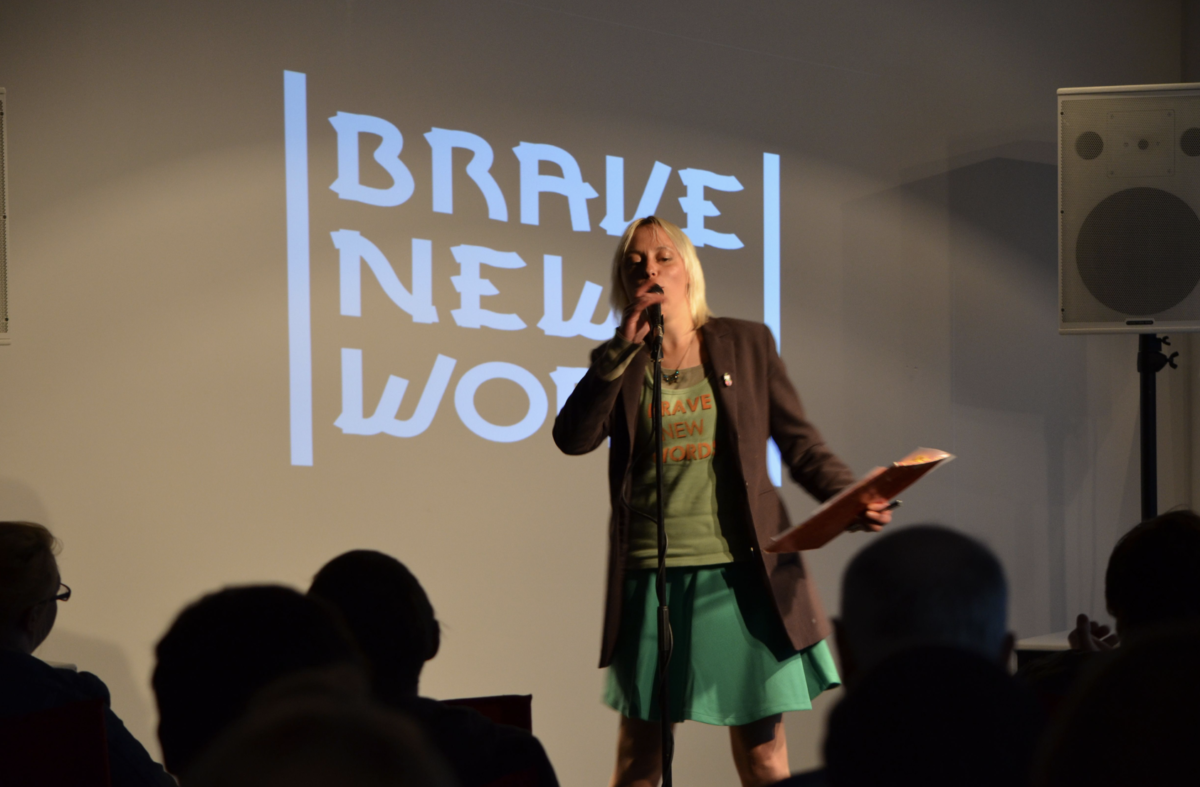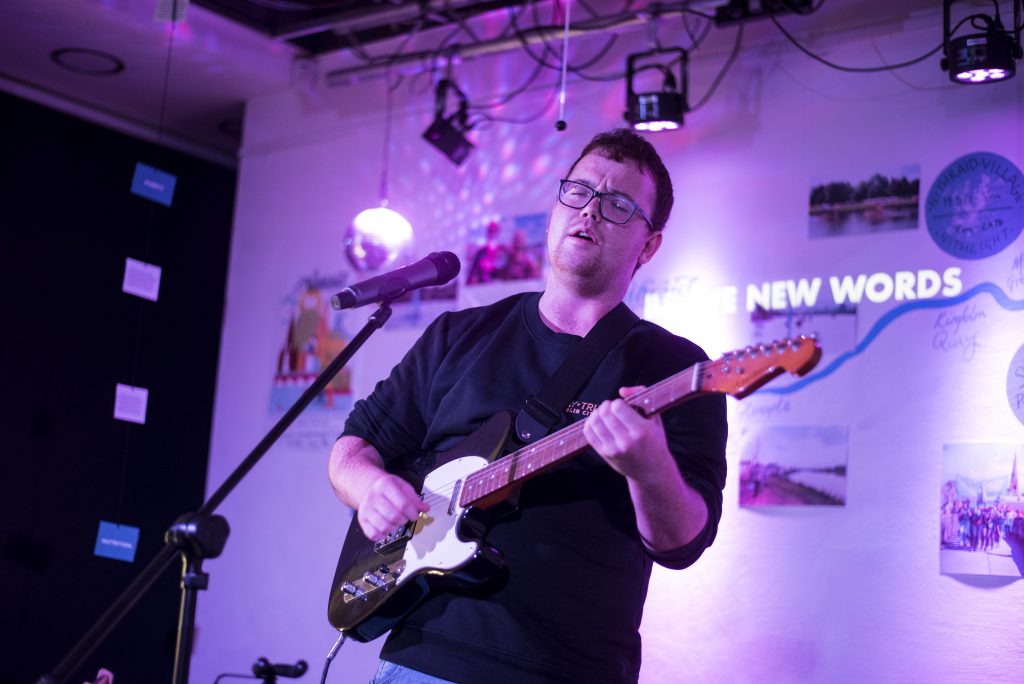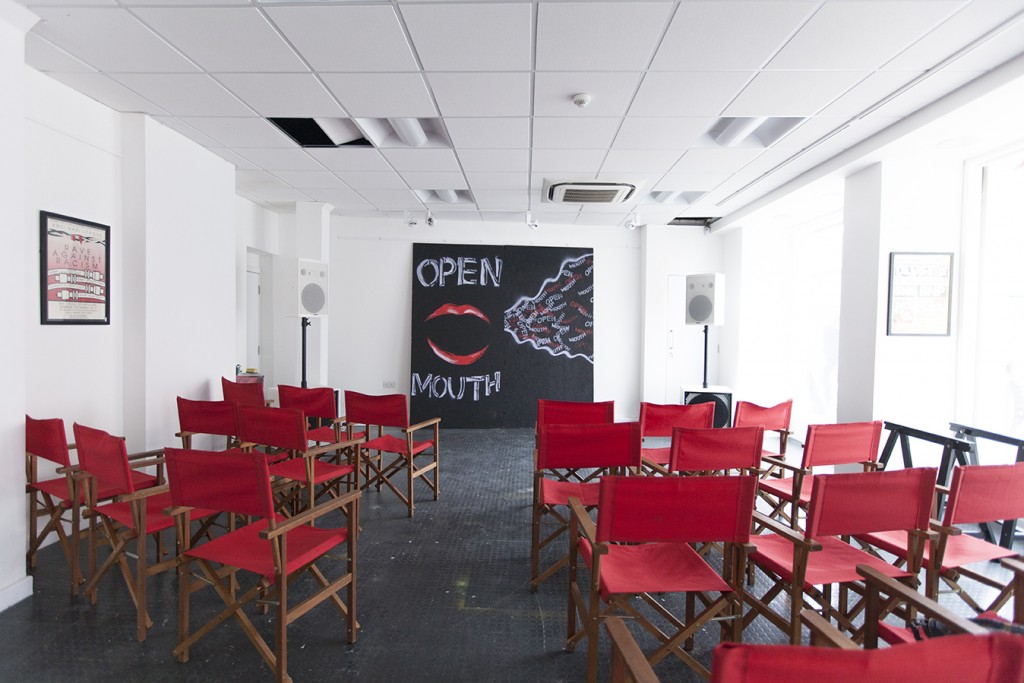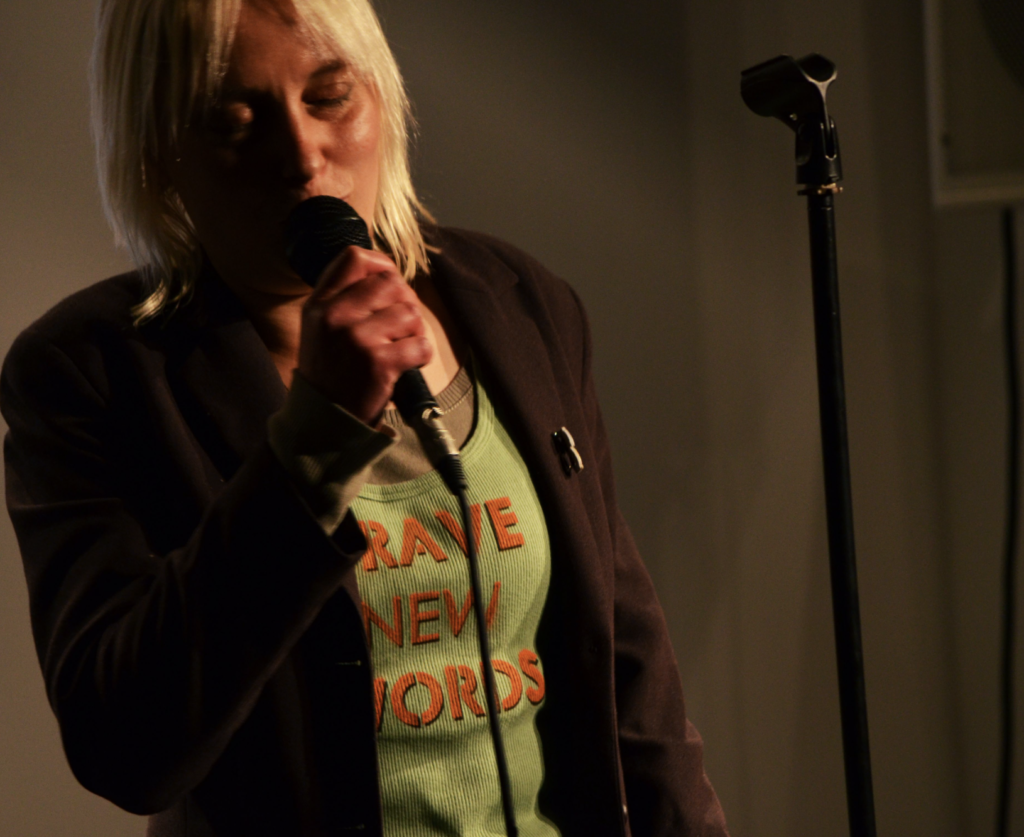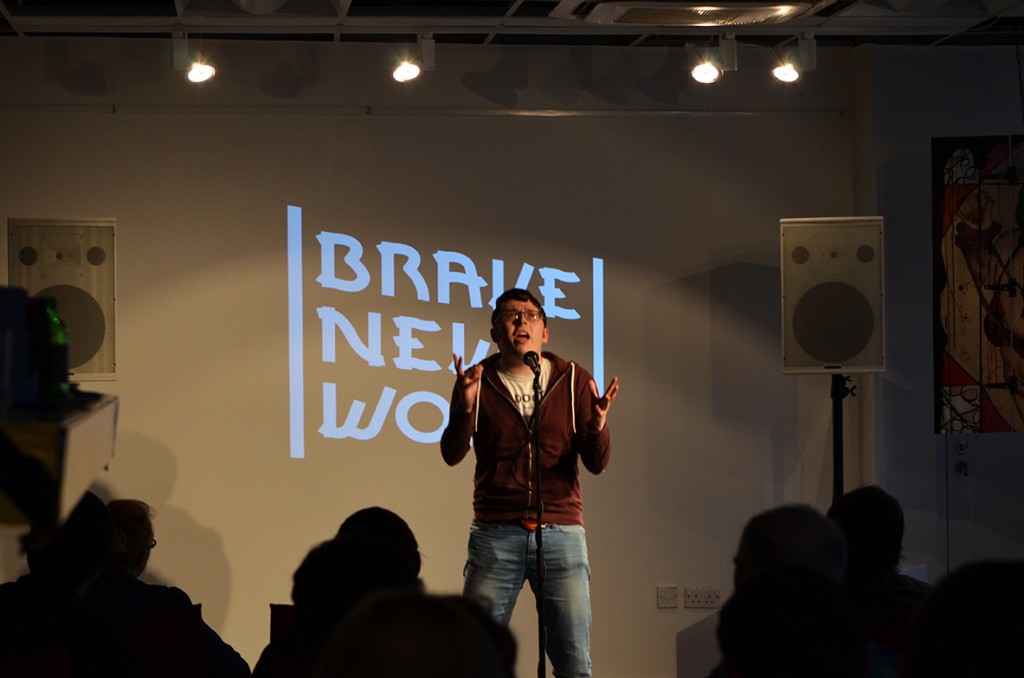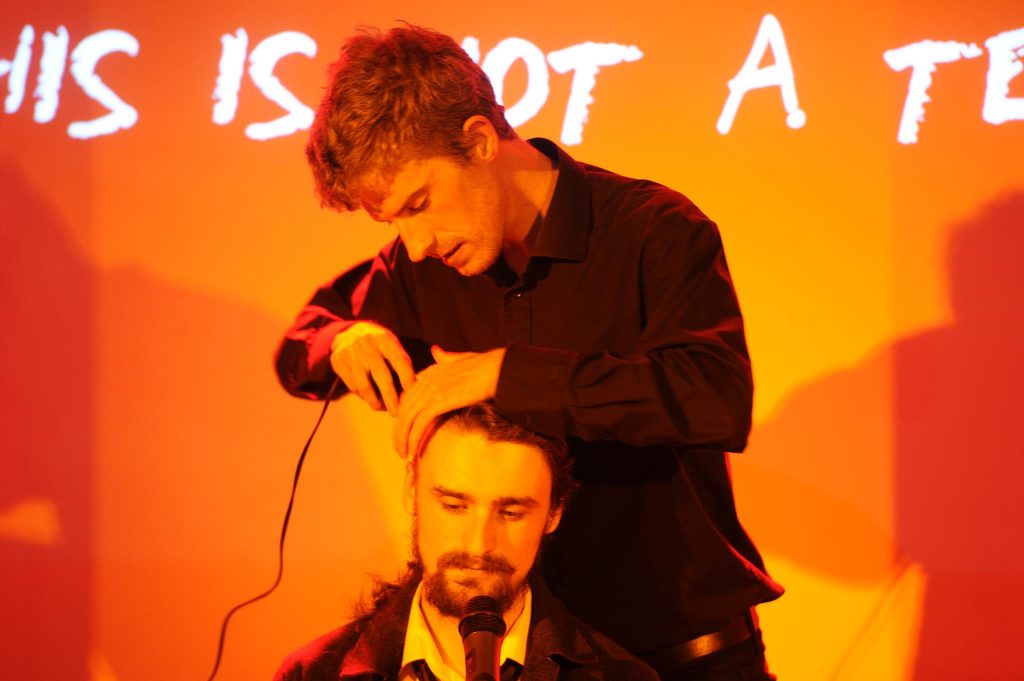By Hayley Watson
Feeling secure in your 20s is tricky at the best of times, and our generation are lucky to have a housing crisis, yet another recession and a global pandemic punctuating our continued ‘coming-of-age’ panic. Add a desire to pursue a creative career into the mix – if you’re reading this I don’t need to tell you how unstable this can feel because you likely already know – and you’ve got a recipe for a real headf..iasco. This interview is part of a series where I ask established creative professionals, people you and I might view as ‘real adults’, what they were doing at 25. I have my suspicions that they were probably as confused then as we are now and I’m determined to prove it.
This time around, I spoke with Stove curatorial member Martin O’Neill. Martin is a Dumfries-based artist, writer and producer and hosts The Stove’s monthly open mic night, Brave New Words. Looking back at his 25th year, Martin reflects on leaky flats, cats and the power of language.
Tell us a bit about yourself and where you’re at now!
I’m a multi-disciplinary artist, writer and producer who’s trying to find a less pompous way of describing himself.
I live in Dumfries, born and bred.
As a ‘practice’, I’m interested in spaces, people, stories and inviting the imagination in. I’m sort of all over the place in that. But it’s usually about telling, and inviting the stories, that are often unheard, undervalued, or underappreciated. I also want people to have fun and share unique experiences together, even if it’s not in the way that I might have planned or predicted. All the better if that’s the case.
You were 25 between 2015 and 2016 There’s a lot going on in the world in 2020, but what was happening in 2015 and 2016? What’s the biggest news event you can remember from this time?
I can’t really recall what happened last week, so five years ago is sort of like a half-remembered dream, foggy snapshots of bad lager, cash in hand jobs, leaky roofs and 3AM jam sessions. That said, I cheated, and a quick Google search reminds me that the atrocious Charlie Hedbo attacks in Paris happened in January of that year and 2016 brought with it a new raft of misery in Brexit, Trump, the death of David Bowie and the Pulse nightclub shootings in Orlando. I remember quite vividly the news of the shootings in Orlando. As a gay man, this was particularly devastating. Shaking me to my core, it brought with it a stark reminder of the work yet still needing to be done in the fight for LGBT rights across the world, and a shiver that it could well have been me in that room.
Where were you living? Who with?
I was sharing a leaky 3 bed flat with two female musicians at the time. And a cat. And then several more cats (she had kittens).
Did you have a job? What was it?
I had started as a CT member at the Stove Network in, I believe, May/June of 2015. I was also working 7 days a week in the magnificent Coach & Horses.
Is there something you did when you were 25 that no one knows about?
Mostly everything I did at that time in my life was pretty public, either in a desperate attempt at notoriety or just the nature of what I was up to. Gigs, Brave New Words, installations, it was all there in the public domain, and still is, in all their amateur glory thanks to social media. Some awful graphic design was done in that time. And poetry. Bad, bad poetry.
What was your dream job at the time?
Whatever it was, it was usually about wanting to tell stories, so whether that meant being a poet, novelist, folk musician or dramatist, it revolved around that constant need to keep writing. I was also beginning to explore my practice as a visual artist and designer. At the time, I was way too conscious of the ‘27’ Club. Not so much for the untimely tragedy that befell them, but how much, and the quality of the work, their elite members had achieved in the time it took me to get a flat, find some steady paid work and land the occasional gig for extra cash.
If you had to choose one memory from your 25th year, what would it be?
The first Brave New Words. A really special night where some mad idea that folk might want to hear poetry together actually paid off. Who’da thunk?
If you could tell your 25-year-old self one thing, what would you say? And what do you think your 25-year-old self would say to you?
To my 25 year old self: You should be writing.
My 25 year old self to me now: You should be writing.
Are you where your 25-year-old self thought you’d be now?
The last five years are such a blur of anxiety and chaotic thinking, that any thought of where I’d be in five years was clouded by some self-imposed pressure to complete something so short-term I can’t even recall what it might have been. Turning 30, that pressure seems to have eased off a little bit. You never do your best work when you’re worried about how you might be perceived. It’s better to just get on with it. And if it fails, move on, fail better.
We sometimes focus too much on success and forget how much our failures help us grow. What were your biggest failures from back then?
Too many to name. Mostly to do with poor communication. Mostly every problem is down to that. Just make sure you’re on the same page as others.
Finally, do you have any ‘words of wisdom’ for the 20-somethings reading this?
It’s not that far away from me so take this with a pinch of salt, I’m barely 30 as it is! But I suppose there’s an energy in your mid-twenties that’s really powerful, especially when you’re working with other, often older, more experienced people. You’re questioning, provoking, challenging and you’ve all the time in the world. And that is so important. Be loose. Be creative. Make the mistakes and don’t overthink everything. But be mindful of others lives. Everyone has something to bring to the table. Everywhere. Also, language is a really powerful thing. Don’t let others use it to disempower you or make you feel small. But also, don’t play into those hands in thinking that is the ‘norm’ and adopting those same bad behaviours, it’s not, and it’ll bite you in the ass one day. Make sure to step outside of yourself every once in a while. There’s a whole world of lives herein, allow yourself to be passive. That’s when the best ideas come.

